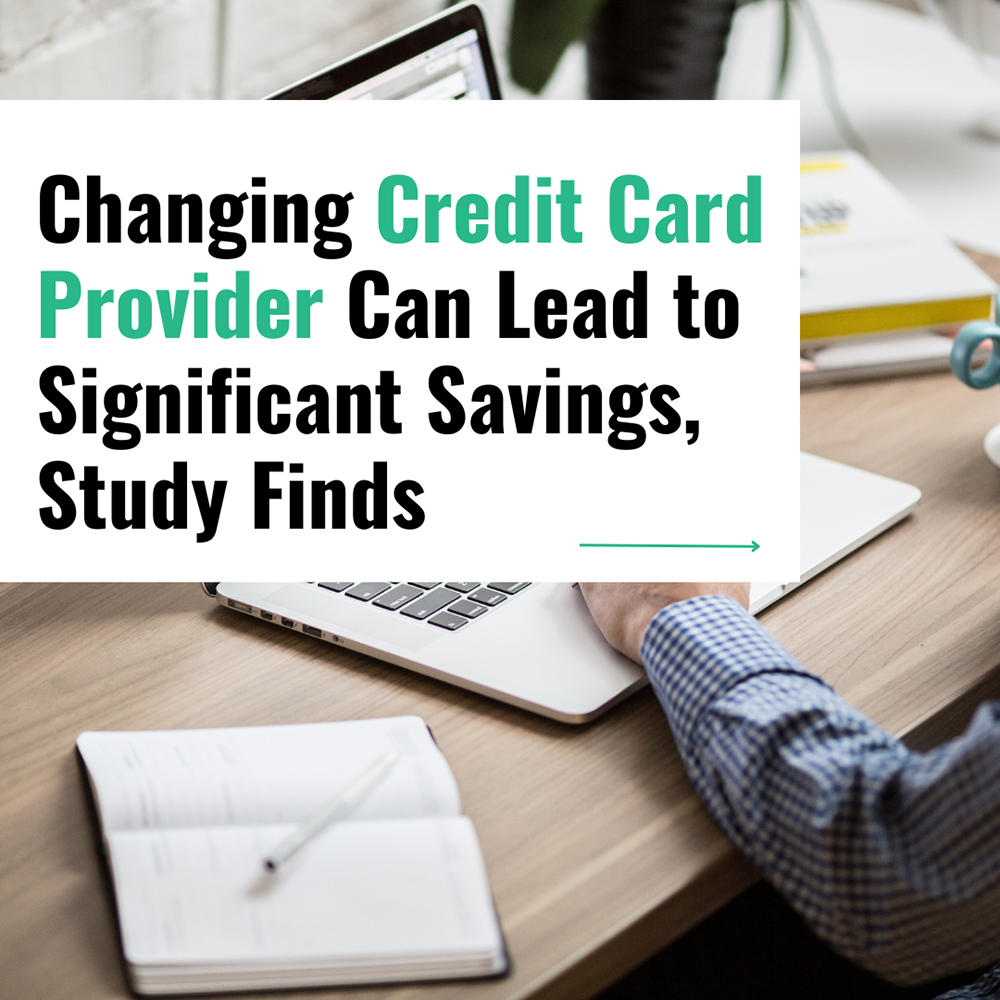
Changing Credit Card Provider Can Lead to Significant Savings, Study Finds
Most Americans simply stick with whatever major bank issued their first credit card without ever shopping around. However, a surprising new study reveals this complacency is costing the average household hundreds of dollars each year in excessive interest payments.
By changing credit card prover and switching from traditional big banks to smaller community banks and credit unions, huge savings are possible. This is because the giant credit card issuers have most of the market share cornered, meaning they can get away with charging higher rates. Meanwhile, the smaller local providers remain hungry for your business and offer much better deals as a result.
The Consumer Financial Protection Bureau (CFPB) recently analyzed data from hundreds of U.S. card issuers. They discovered a startling gap between the rates charged by large banks versus smaller institutions. On average, the bigger banks charge a typical credit card APR a whopping 8-10 percentage points higher!
How Much Can You Save?
So, if you’re carrying a $5,000 balance month-to-month, you could save $400-500 annually just by switching to a good local provider. With the average American now holding credit card debt exceeding $6,000, the potential savings get even more substantial.
This analysis highlights why more people should reevaluate their credit card provider regularly. Rate shopping and switching to a lower-cost alternative credit line can lead to considerable interest savings year after year. Actively shopping for the best rates forces companies to compete for your business by lowering their rates.
Key Takeaway: Research by the CFPB reveals customers of large credit card issuers pay much higher interest vs. small providers – potentially $400-$500 extra yearly on a $5,000 balance.
What Factors Should You Consider When Comparing Credit Card Providers?
When searching for a new credit card provider, look beyond just the headline rate or APR. Here are some other key factors you should weigh up:
- Interest Rates – Obviously, the ongoing purchase/balance transfer rates are critical. But also check the respective rates for cash advances, penalty rates for late/missed payments, as well as any promotional offers.
- Fees – Watch out for annual fees, balance transfer fees, foreign transaction fees or any other fees. Providers with low or no fees will help reduce your overall costs.
- Rewards Programs – The best rewards credit cards essentially give you money back on your spending. Calculate the potential monetary value you can earn versus any annual costs.
- Approval Odds – You first need to actually get approved before you can realize any savings. Target providers are likely to approve applicants with your credit score range.
- Customer Service – You need support you can rely on in case any issues arise. Thoroughly research service quality ratings and complaints for each provider.
- Convenience Factors – Consider branch locations, user-friendly apps and tools, and widespread payment network acceptance. Evaluate if providers offer the convenience and ease of use you require.
- Other borrowing options – A credit card is not the only way for you to borrow money. For example, personal loans usually offer more competitive rates than credit cards. This is even truer for reputable online personal loan providers like Level, than offer the same reliability as traditional lender, at even lower rates and with a quicker application process.
By evaluating all these parameters, not just interest rates alone, you gain a much clearer picture of which provider truly offers the best overall value tailored to your needs and financial situation.
Key Takeaway: Key factors beyond just rates include fees, rewards programs, approval odds, customer service quality, and convenience/ease of use of banking services.
How to Change Your Credit Card Provider?
The process of switching credit card providers is relatively straightforward. Here is a step-by-step guide:
1. Thoroughly Compare New Card Offers
Leveraging online comparison tools and provider websites, create a shortlist of possible new card options. Evaluate each against the key factors discussed earlier, including rates, fees, rewards, and other benefits.
2. Submit Your Application
Once you’ve selected the alternative bank or credit union offering the best deal for your profile and spending habits, go ahead and apply for their credit card. Provide all details accurately to optimize approval chances.
3. Begin Using New Card
After approval, you will receive your shiny new credit card in the mail. Now, go ahead and start routing your regular spending to this new card. Avoid making any unusually large purchases initially, which could trigger fraud alerts.
4. Pay Off Old Card Balances
Continue diligently paying off outstanding balances on your old credit card account if required. Avoid putting any additional purchases on this old card. Pay off the full balance as soon as realistically possible.
5. Optionally Close Old Account
Once any lingering balance on the old card is fully paid off, you can contact the provider to close the account permanently if desired. This severs ties with the more expensive provider for good.
Be aware that closing an old credit card can temporarily impact your credit score in the short term. But responsible use of your new lower-cost card will quickly offset this impact within a few months.
Key Takeaway: Switching providers takes just a few steps – compare offers, apply for a new account, shift spending over, pay off old balances, then close the old account once paid off.
Final Thoughts
This recent study powerfully highlights that reevaluating your credit card provider routinely can lead to major savings in interest payments. For families or individuals carrying large, long-term balances month-to-month, this easily amounts to hundreds of dollars in savings annually.
The gap in rates and fees between major national banks and smaller community institutions remains surprisingly sizeable. Yet sheer inertia means many customers stick with uncompetitive cards that financially drain them. America’s consumer debt burden continues ballooning as a result.
However, taking just a few hours to thoroughly rate shop, apply to a better value provider, and switch cards enable you to unlock these savings. You owe it to yourself and your family to consider switching. Just be sure to compare all factors – not just upfront rates – when identifying the best overall deal tailored to your spending profile.
With Americans’ revolving credit card debt hitting record levels in 2022, now is the ideal time to reassess your provider. A little effort today could easily put an extra $500 back in your wallet this year alone.






Sorry, the comment form is closed at this time.